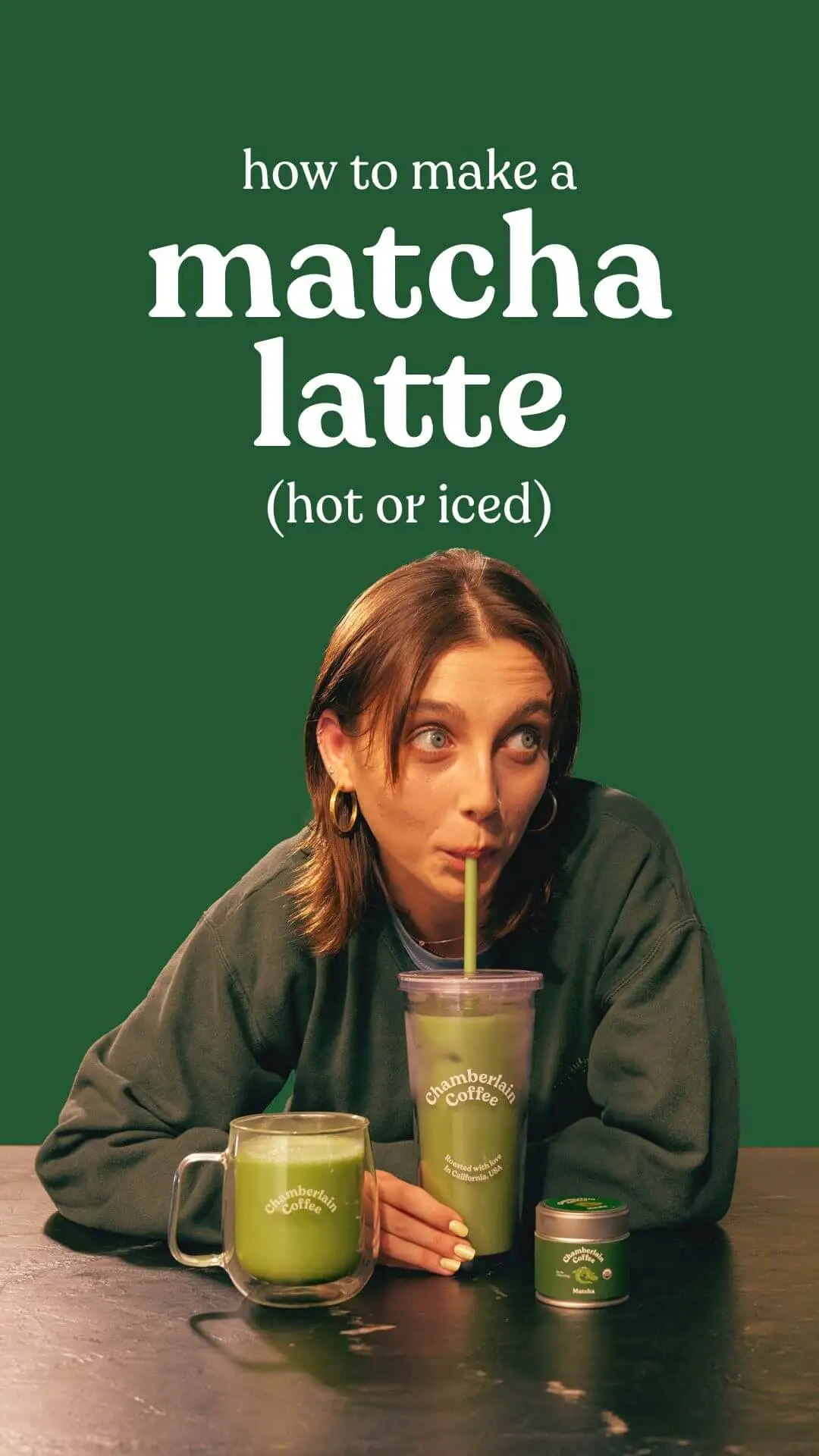Main Character Marketing: The Rise of the Rom-Com Brand.
- PAG

- May 21
- 3 min read
Updated: Jun 3

Lately, branding feels like it’s been touched by a soft-focus lens and a Nora Ephron rewrite. The mood? Serif fonts, cozy product shots, tiny moments turned cinematic. It’s not just Burberry’s London in Love campaign or that one perfume ad that felt like a scene from You’ve Got Mail. It’s cafés with names like Mildly and For Later, brands writing like they’re leaving you a love note, and fashion films that basically whisper “I’m just a girl, standing in front of your For You page, asking you to engage.”
We’re not just witnessing a wave of nostalgic visual direction — we’re seeing the full aesthetic and emotional vocabulary of the 90s rom-com quietly creep into brand storytelling. Cue: late-afternoon lighting, oversized sweaters, characters who fall in love with a brand’s voice before they fall for the product.
So why now?
Rom-com branding is cozy. Safe. Warm. But it’s also a reaction.
After years of irony, anti-aesthetic maximalism, and high-gloss DTC sameness, there’s a cultural craving for something familiar — but with feeling. Rom-com energy hits the sweet spot between nostalgic and sincere. It makes you feel something without trying too hard.
It’s also a brilliant emotional strategy: instead of selling benefits, you’re selling main character energy. You’re not just buying a candle — you’re buying a vibe where someone falls in love with you because of how your apartment smells.
Who's doing it?
Burberry: London in Love
This is the blueprint. The whole campaign is a rom-com short film set in foggy, timeless London: stolen glances, trench coats in the rain, soft strings playing.
Why it works: It sells you not just clothes, but the fantasy of falling in love with someone stylish on a crosswalk.
CeraVe — Face It Like a Dream
CeraVe turns a sunscreen spot into a romantic mini-drama — a woman searching for the one… only to realize he’s been beside her all along: her dermatologist-approved SPF. It’s soft, self-aware, and perfectly absurd, blending rom-com tropes with skin-care seriousness.
Why it works: By spoofing modern relationship expectations, CeraVe taps into cultural humor while staying laser-focused on product relevance.
Chamberlain Coffee
Chamberlain Coffee’s DIY latte tutorials feel like deleted scenes from a 90s love story — Emma Chamberlain as the effortlessly charming protagonist, soft product lighting, oversized mugs, and that warm, witty banter baked into every visual. There’s a subtle flirtation in the copy, a cozy glow in the colors, and an entire brand voice that says, “this is the drink you sip while you fall in love with your best friend.”
Why it works: It taps into the “just a girl with a tote bag and big feelings” brand voice with zero irony.
Glossier — You Look Good(with Olivia Rodrigo)
Glossier’s 2023 reboot starring Olivia Rodrigo wasn’t your typical rom-com glow-up — it was more soft indie film meets self-love arc. Quiet, slow, and slightly surreal, the campaign tapped into the edgier side of girlhood: the kind that used to feel misunderstood, but now feels powerful. Think less makeover montage, more loving yourself mid-scene.
Why it works: It taps into quiet confidence and romantic self-recognition — not glow-ups, but growing into yourself.
In the end, this isn’t about selling romance — it’s about branding that slows down, softens up, and lets you feel something. These campaigns aren’t trying to be viral. They’re trying to be remembered like a favorite scene — one you quietly replay in your head, not because it was loud, but because it was lovely.
And maybe that’s the power of the rom-com era: it reminds us that falling in love — with a product, with a brand, with yourself — doesn’t have to be loud to be lasting.
Thank you for spending time at the Trend Desk








Comments